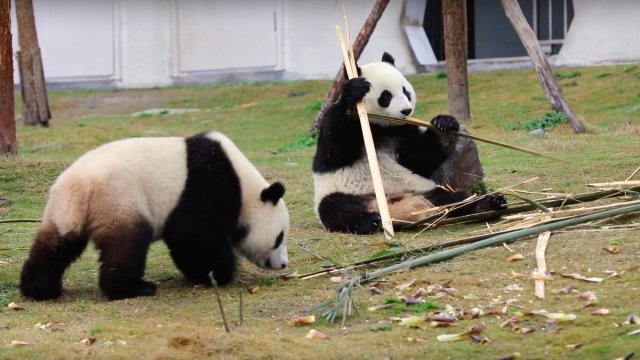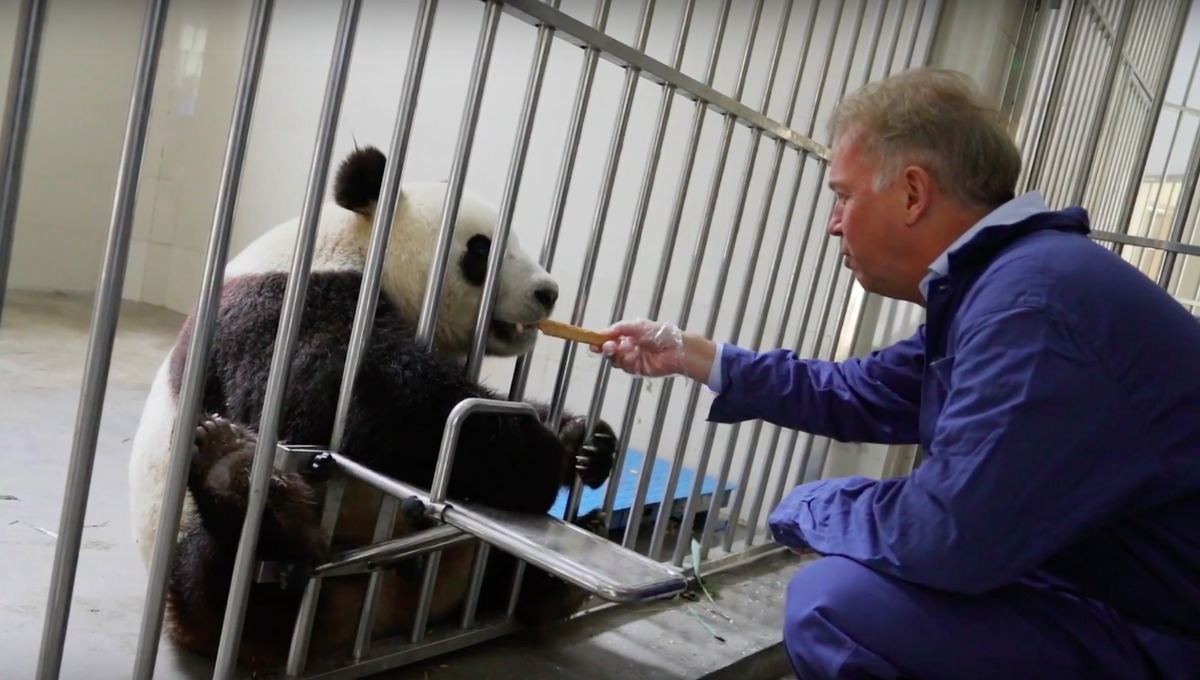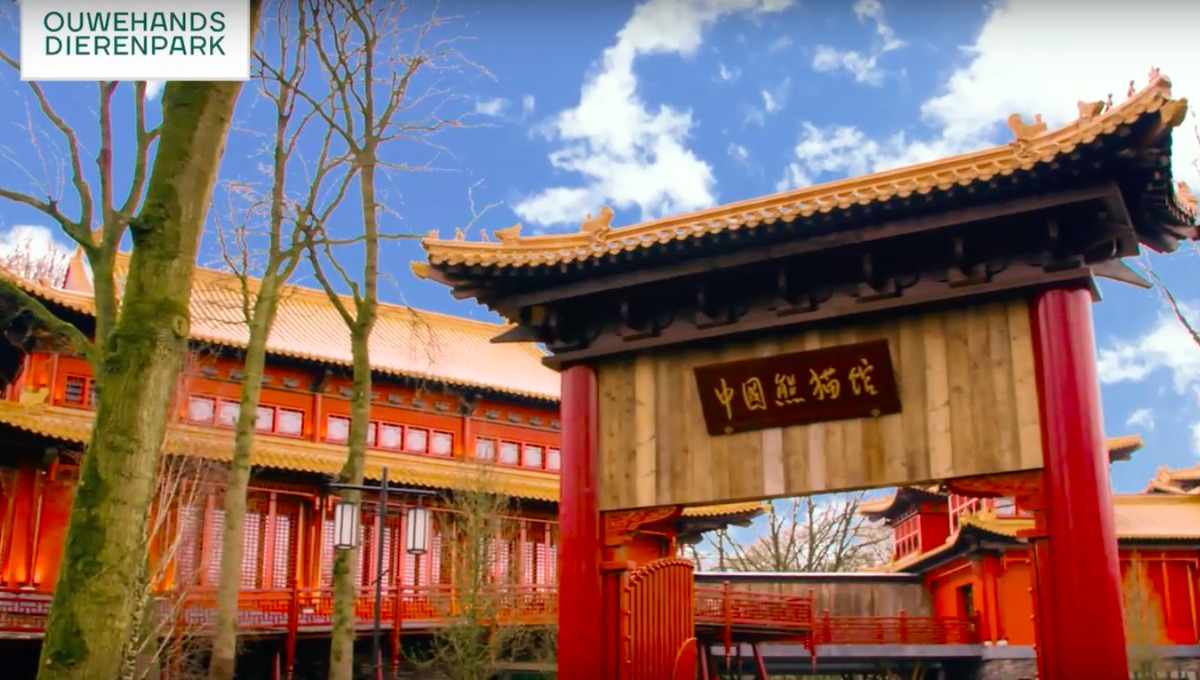
- Inspiring People -
- 3mins -
- 568 views
The Netherlands joins the fight to save the giant panda
Giant pandas Xing Ya and Wu Wen are the first giant pandas to arrive in the Netherlands, thanks to the dedication and passion of Dutch serial entrepreneur Marcel Boekhoorn.
The symbol for the World Wildlife Fund (WWF) and loved the world over, the giant panda is one of the most well-known animals on the vulnerable species list.
Two of these lovable giants now call the Netherlands home, after travelling 8,000km from central China to their new Pandasia enclosure at Ouwehands Zoo in Rhenen, Utrecht.
Xing Ya and Wu Wen will stay in Pandasia for 15 years, during which time the zoo are hopeful that their breeding programme will result in new baby panda cubs.
Why are giant pandas under threat?
Giant pandas are found in the bamboo forest of central China. They play a key role in the health of the forest by consuming large amounts of bamboo, which spreads the bamboo seed and helps vegetation grow.
These forests are home to a wide array of other species, many of which are endemic to China, and many of which, such as the takin, golden snub-nosed monkey and crested ibis, are endangered.
China’s bamboo forests are gradually being encroached upon by the growing human population. The construction of new roads and railways cuts through the centre of the pandas’ territory, reducing their habitat and food supply and cutting pandas off from one another.
At the same time, giant pandas have very low birth rates. Bamboo is so low in nutrients that pandas simply don’t have the energy to breed.
Coupled with the fact that females are only fertile for a few days every year and the physical difficulty the animals have in breeding, and it’s easy to see why there are less than 2,000 giant pandas left in the world.

Conservation
Zoos around the world have entered into zoological partnerships with China in a bid to save these animals for future generations.
Research into their breeding habits began in 1955, but it wasn’t until eight years later, in 1963, that Ming Ming, the first captive-bred panda was born.
In recent years, advances in technology and scientific knowledge have led to a dramatic increase in the number of panda cubs born in captivity.
The captive population now stands at more than 300 – the minimum number needed to sustain a population.
Arrival in the Netherlands
The arrival of giant pandas in the Netherlands is thanks to the determination and passion of Dutch serial entrepreneur, Marcel Boekhoorn.
Fascinated by these adorable bears since he was a child, Boekhoorn dreamed about bringing giant pandas to the Netherlands ever since he bought Ouwehands zoo in 2000.
In the past 17 years, Boekhoorn has invested in the region of €40 million in modernising Ouwehands and its conservation education programme.
During the same time, he has tirelessly worked to make his dream a reality by arranging and financing the loan of the pandas to the Netherlands.

Pandasia
Xing Ya and Wu Wen will live in the height of luxury in their new Pandasia enclosure, which cost €7 million to build and features a living room, dining area, breeding room and outdoor playground, as well as a nursery in preparation for the cubs they will hopefully produce.
For these two pandas, the future looks bright, but zoos still need your help if we are to secure the future of giant pandas and other species that are in danger of disappearing for ever.

